This last weekend, I had the privilege of camping in the immeasurably beautiful Sleeping Bear Dunes National Lakeshore in Michigan, USA. This dramatic lakeside preserve is one of only 3 federally designated National Lakeshores in the United States; a designation that identifies the site as a location of natural significance and places its preservation and conservation under the care of the National Parks Service. This breathtaking landscape boasts towering sand dunes, vibrant turquoise inland lands, and lush lowland forests all within hiking distance of one another. The unique terrain coupled with its federally protected status provides an ecological safe-haven for many of the otherwise threatened plant, animal, and fungal species alike native to the great lakes region.
Like the plant and animal communities of the area, this region is rich in fungal biodiversity. When I last visited these dunes a little less than a year ago, I was treated to a wide variety of fungal species. This time around, I was greeted by a few familiar species, such as the Birch Polypore (Fomitopsis betulina) and Hoof Fungus (Fomes fomentarius), but I was also treated to a few fungi that I had never found in the wild before. The most exciting new find for me was the Hemlock Varnish Shelf (Ganoderma tsugae), a locally rare species that fruits almost exclusively from Eastern Hemlock trees (Tsugae canadensis). This lacquered medicinal relative of the fabled Chinese Lingzhi mushroom is one of the Ganoderma species commonly referred to as 'Reishi'. Though the medicinal effects of these species are still being debated, initial research suggests that bioactive substances found within varieties of Reishi (including the Hemlock Varnish Shelf) have some anti-tumor and oxidative damage reduction properties. Though more research is still required, these substances present a potential new source of compounds to be used for immunotherapy treatments in a manner that is less toxic than traditional chemotherapy. All this being said, I am not a medical professional, nor would I recommend someone suffering from any form of cancer use this mushroom as a supplement or replacement for the treatment of their cancer diagnosis without consulting their physician first. I only bring this information up as I personally find it to be a very interesting study subject in the fields of mycology and toxicology. This is a species that I was first introduced to around 3 years ago and have only just been lucky enough to encounter in the wild. A few open-source peer-reviewed articles from the last 5 years on the cancer and oxidative damage mitigation of Ganoderma tsugae are provided here:
Chinese Herbal Medicine Ganoderma tsugae Displays Potential Anti-Cancer Efficacy on Metastatic Prostate Cancer Cells:
https://www.mdpi.com/1422-0067/20/18/4418/htm
Current Knowledge of Medicinal Mushrooms Related to Anti-Oxidant Properties:
https://www.mdpi.com/2071-1050/13/14/7948/htm
Ganoderma tsugae Inhibits the SREBP-1/AR Axis Leading to Suppression of Cell Growth and Activation of Apoptosis in Prostate Cancer Cells:
https://www.mdpi.com/1420-3049/23/10/2539
Ganoderma tsugae prevents cognitive impairment and attenuates oxidative damage in d-galactose-induced aging in the rat brain:
https://journals.plos.org/plosone/article?id=10.1371/journal.pone.0266331
Apart from the Hemlock Varnish Shelf, I was also lucky enough to come across Chaga (Inonotus obliquus), another medicinal fungal species, as well as Bresadolia craterella, a species entirely new to me prior to this trip. In fact, I had initially identified the Bresadolia craterella as a Dryad's Saddle (Cerioporus squamosus), a species I am very familiar with, but in my arrogance that no other species grew locally that resembled Dryad's Saddle, I misidentified this specimen in the field and neglected to take a picture of the pore surface. Thankfully, one of my fellow online mycologists named Ariel Bonkoski caught my mistake and corrected my observation. She is a very talented and knowledgeable source on the fungi of the eastern United States, and I encourage those who are interested to check out her website were she teaches online mushroom identification courses. Her website can be found here: https://www.arielsmushroomco.com/
As always, if you believe that I have misidentified any of the fungi shown below, feel free to offer your suggestions! Thank you, and happy Mushroom Monday!
Hemlock Varnish Shelf (Ganoderma tsugae):
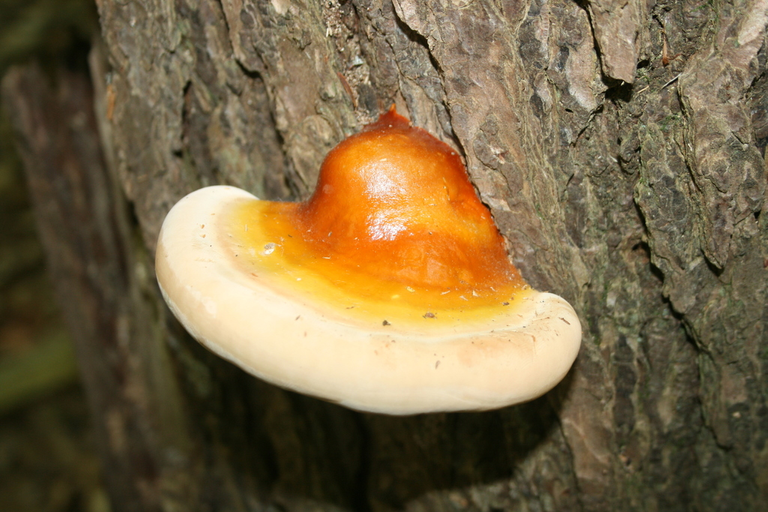

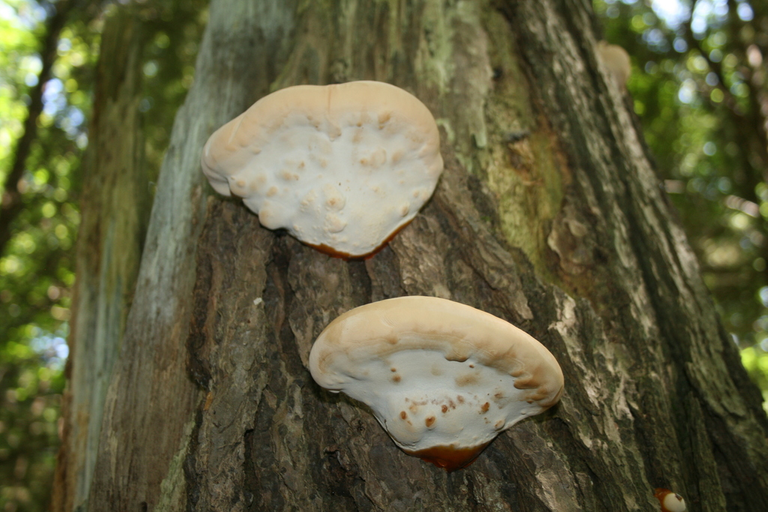
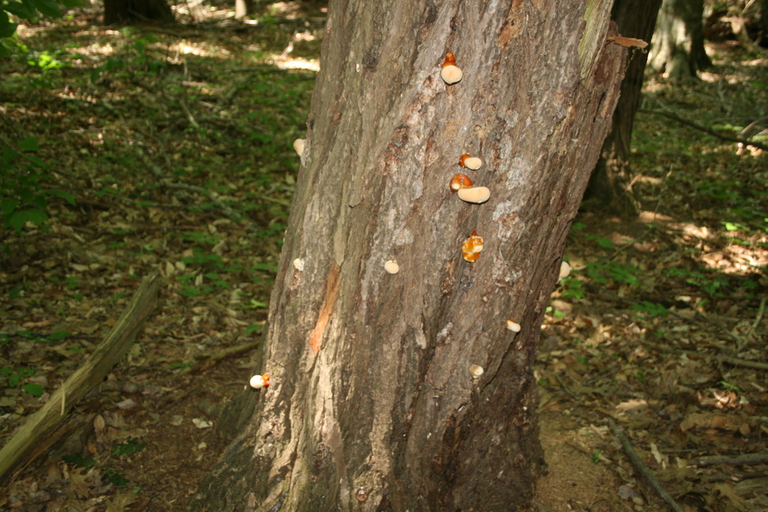




Chaga (Inonotus obliquus):


Birch Polypore (Fomitopsis betulina):



Hoof Fungus (Fomes fomentarius):



Northern Red Belt (Fomitopsis mounceae):

Poplar Bracket (Rigidoporus populinus):
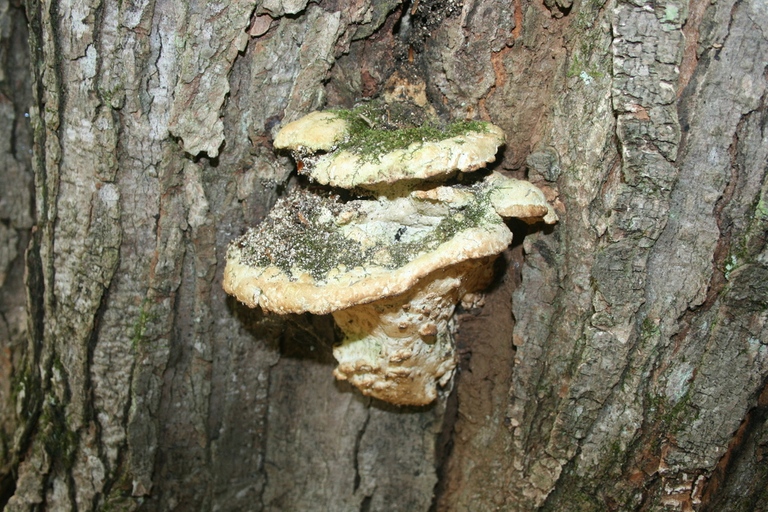



Straight-stalked Entoloma (Entoloma strictius):



Dryad's Saddle (Cerioporus squamosus):

Violet-toothed Polypore (Trichaptum biforme):


Crowded Parchment (Stereum complicatum):
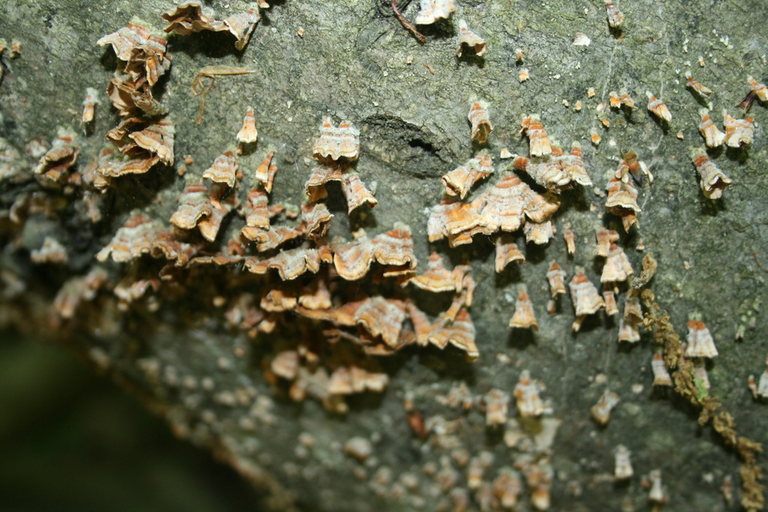
Resinous Polypore (Ischnoderma resinosum):

Common Tarcrust Fungus (Diatrype stigma):
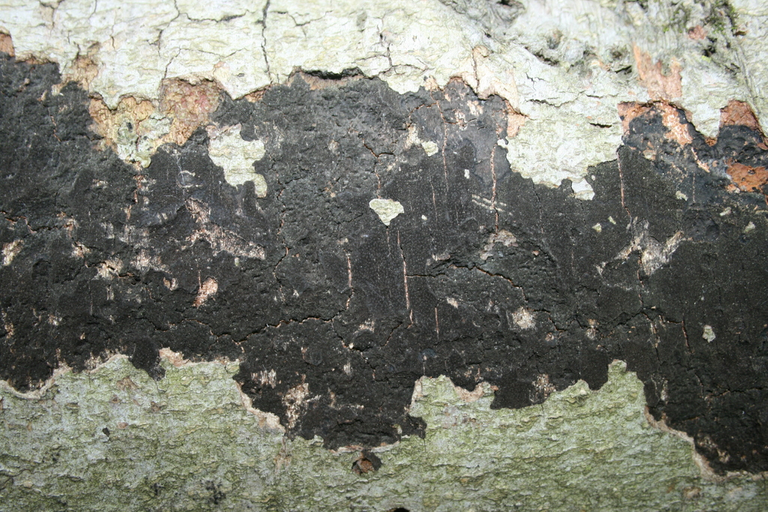
Birch Woodwart (Jackrogersella multiformis):

Gilled Polypore (Trametes betulina):
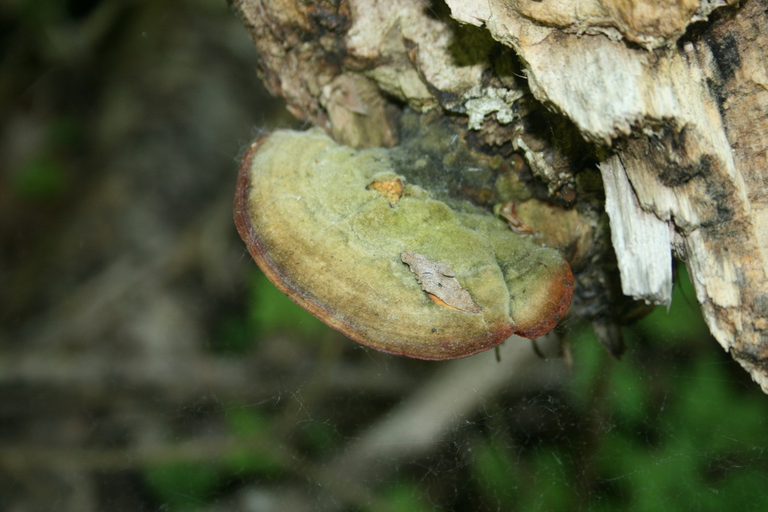

Neofavolus americanus:


Bresadolia craterella:

Unknown gilled mushroom (Order Agaricales):



My NFT Showroom gallery: https://nftshowroom.com/tych021/gallery
Creary Gallery: https://creary.net/@tych021/projects
Publish0x reflink: https://www.publish0x.com?a=M7e58kDYd2
PeakD reflink: https://peakd.com/register?ref=tych021
NFTShowroom reflink: https://nftshowroom.com/?r=tych021
Twitter: https://twitter.com/tych021
Vimm.tv: https://www.vimm.tv/tych021




